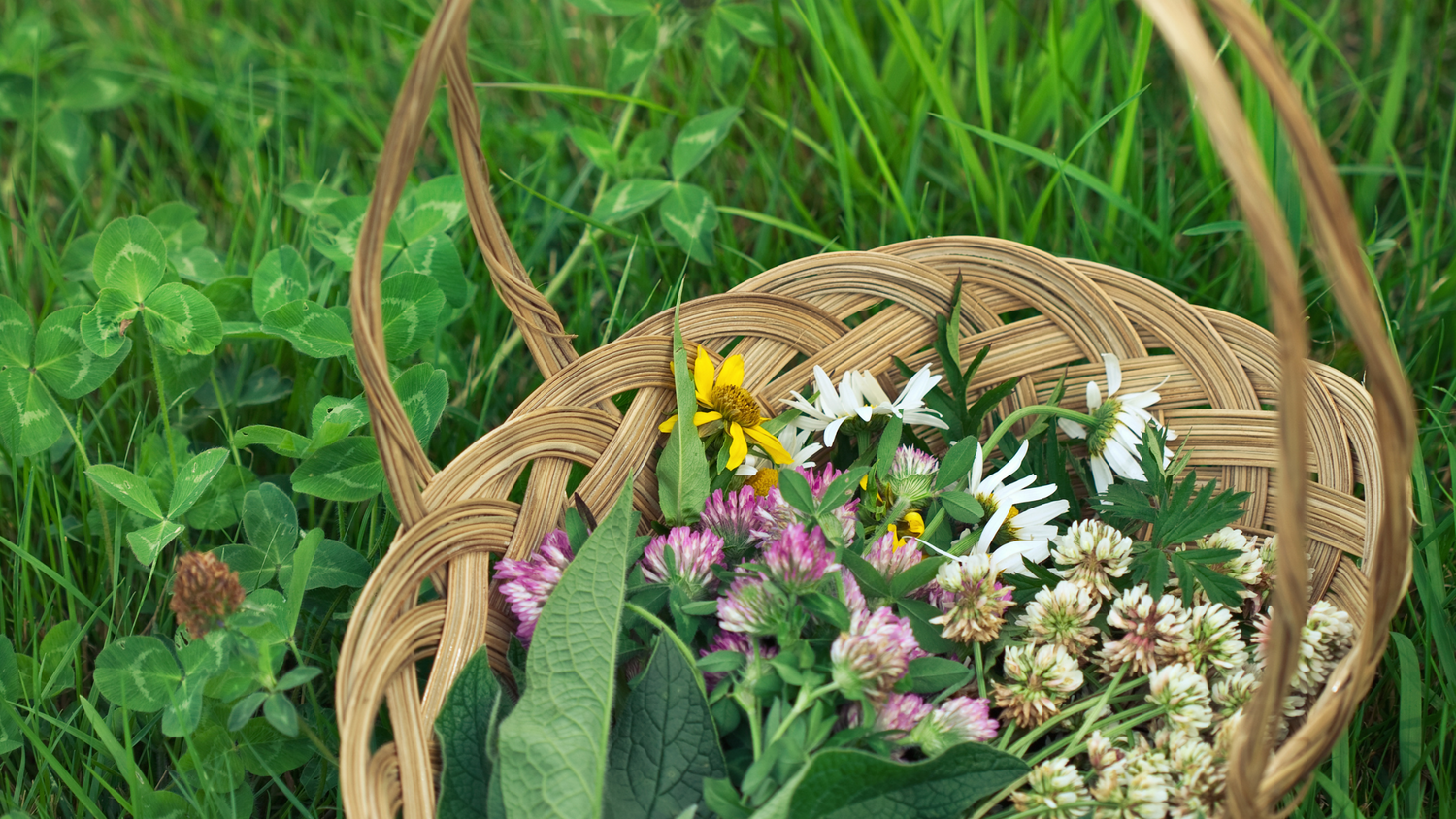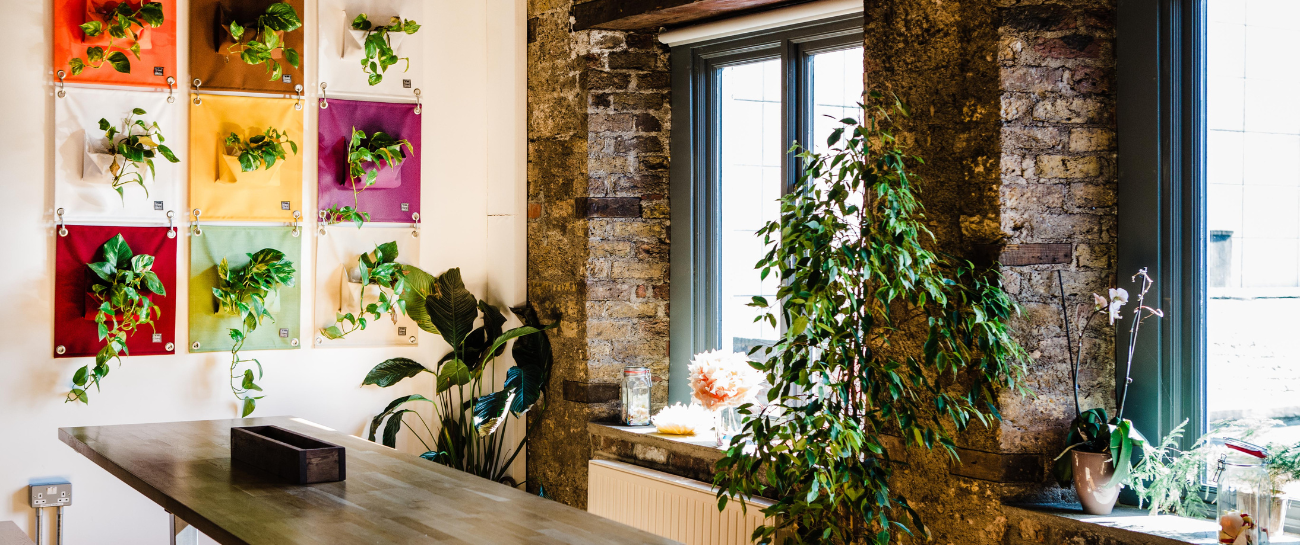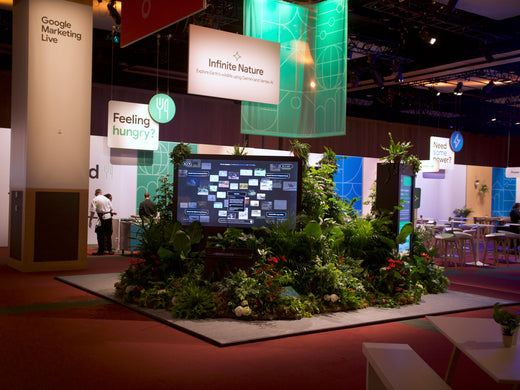Air plants are astonishing, beautiful plants that have stepped into the houseplant spotlight in recent years, due to both their ease of care and the many creative ways they can be displayed.
But what exactly are they?...
Air plants are members of the bromeliad family.
They’re a large group of plants in the Tillandsia genus, of which there are hundreds of different species.
Native to the southern U.S., Central and South America, and Mexico, air plants live in a wide range of climates. Air plants are epiphytes that use their small roots to attach themselves to the branches of trees and shrubs, rather than growing in the ground. Because they don’t rob nutrients from their host plant, air plants are not considered parasites. Instead, they just use their host as an anchor and a place to live.
One of the most distinguishing characteristics of the Air plant is that, unlike many other plants, they get most of their nutrients and moisture from the air! While they have roots, they don’t use them to transport water and nutrients like all other varieties in the plant world. Instead, they use their roots to anchor onto something solid, like a tree branch allowing them to hang in the air and soak up moisture.
There are many varieties of these free-living little beauties.
From Spanish Moss (Tillandsia usneoides) found hanging from trees in many parts from the Southern States of the US to the Tillandsia xerographica, known for its striking curved leaves.
Tillandsias are tropical plants that usually live for several years and will bloom and produce flowers only one time during their lifetime. The flowers are striking and brilliantly coloured, and the bloom period will last several days to many months, depending on the species. Different species bloom at different times, also depending on their care and environment. A plant will most likely go into bloom sometime between mid-winter and mid-summer.

How to care for your Air Plant
When it comes to Air Plant care, less is often more. While Air plants will grow under most conditions, there are some things to consider if you want your plant to thrive.
![]() Light: In Ireland, bright filtered or indirect light is ideal for indoor air plants. Some direct sun works, too (morning is better), but they shouldn’t be baking all day. In the summer, keep away from any direct glare in south-facing windowsills and if you like to place them in the bathroom, make sure there is good filtered light from a window. Remember the higher the humidity of the air the higher light that will be tolerated. Think “rainforest” and do your best to reproduce those conditions.
Light: In Ireland, bright filtered or indirect light is ideal for indoor air plants. Some direct sun works, too (morning is better), but they shouldn’t be baking all day. In the summer, keep away from any direct glare in south-facing windowsills and if you like to place them in the bathroom, make sure there is good filtered light from a window. Remember the higher the humidity of the air the higher light that will be tolerated. Think “rainforest” and do your best to reproduce those conditions.
![]() Water: There are 2 methods to water Air Plants 👇
Water: There are 2 methods to water Air Plants 👇
- Soaking Method – Soak the air-plants in a small bath of lukewarm water for 30-40 minutes every two weeks. This can be done in the kitchen or bathroom sink or in a basin of water. Gently shake off the water and place back in its usual spot. If you have them in a moist room like a bathroom, the plants will need less watering than if you usually have them in a spot where the air is dry.
- Spraying Method – This is equally as easy but requires a little more attention. Get a mister or spray gun and spray the plants with lukewarm water twice per week. If you have them placed in the bathroom and the air is moist, once per week may be enough.
After they soak, Tillandsias need to dry out fully. Shake off any excess water and put them in a bright spot for at least 4 hours. This is key, as dampness is the main foe of an air plant. Their poor little cores will rot if they don’t get to drain and dry out.
![]() Temperature: Air plants are happy with a wide range of temperatures, however, be aware that the hotter and drier the air, the more often you’ll need to water them. It also probably comes as no surprise that these tenderhearted tropical and subtropical babies will bite the dust in freezing temps so keep away from spaces that experience sudden drops in temperature or constant draughts.
Temperature: Air plants are happy with a wide range of temperatures, however, be aware that the hotter and drier the air, the more often you’ll need to water them. It also probably comes as no surprise that these tenderhearted tropical and subtropical babies will bite the dust in freezing temps so keep away from spaces that experience sudden drops in temperature or constant draughts.
![]() Food: While fertilizing your air plants is not necessary, it will keep them in top shape and should promote blooming and reproduction. Feed your air plant once per month by adding bromeliad fertilizer (air plants are in the bromeliad family) to the water mix. Be careful to not overdo it—plants can burn from too much fertilizer.
Food: While fertilizing your air plants is not necessary, it will keep them in top shape and should promote blooming and reproduction. Feed your air plant once per month by adding bromeliad fertilizer (air plants are in the bromeliad family) to the water mix. Be careful to not overdo it—plants can burn from too much fertilizer.
![]() Cleaning: If any leaves at the base of the plant die, simply pull them off with your fingers or cut them off with a sharp pair of gardening shears. If any leaves turn brown at the tips, cut the brown, dead growth off with the grooming shears. Do it at an angle, so the trimmed leaf blends in with the healthy ones. As your air plant begins to mature and run through its bloom cycle, it will produce babies also known as "pups". You can either remove the pup once it reaches around 1/3 of the size of the mother plant, or you can leave the pups on and they will eventually form a "clump".
Cleaning: If any leaves at the base of the plant die, simply pull them off with your fingers or cut them off with a sharp pair of gardening shears. If any leaves turn brown at the tips, cut the brown, dead growth off with the grooming shears. Do it at an angle, so the trimmed leaf blends in with the healthy ones. As your air plant begins to mature and run through its bloom cycle, it will produce babies also known as "pups". You can either remove the pup once it reaches around 1/3 of the size of the mother plant, or you can leave the pups on and they will eventually form a "clump".

Where to place your Air plants at home?
Air plants are extremely versatile, leaving their owner to get creative with their placement around the home or workspace.
Here is a mood board we’ve put together for your inspiration:

One thing to bare in mind when selecting a new space for your air plant, is that they require ample circulation. An enclosed vessel encourages wet, stagnant conditions, and this spells disaster, instead, aim to choose a vessel with as wide a hole as possible.
Try not to put air plants in containers that hold water, they need to dry out.
If you do place them in something that holds water, empty out the excess after watering your plant. The same thing applies when mounting your plant. Do not surround your plant with Moss. It will hold too much water and will rot your plant.
If you are planning on keeping your air plants in a terrarium or globe, you will need to remove the plant for normal watering, and make sure to leave the plant out until it has had enough time to completely dry.
When the tillandsia is in the terrarium or globe, you can give it periodic mistings to create some humidity. The smaller and more compact the globe, the fewer mistings you will want to give your plants. If the terrarium is larger and has better air circulation, you can give it a few sprays from a water mister a few times a week.
Where to buy Air plants online in Ireland?
The good news is that no matter your size or budget, we have an Air plant for you!
We stock the Air Plants in a number of size and colours on our online plant store.
If you enjoyed this blog, why not check out some of our similar posts:
- Plant Spotlight: Devil’s Ivy
- Plant Spotlight: The Spider Plant
- Plant Spotlight: The Monstera Deliciosa
Wait! Before you go, join the plant party over on social:






